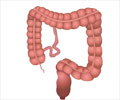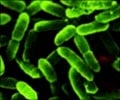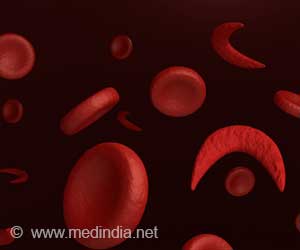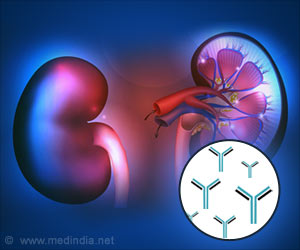Growth characteristics of 96 phylogenetically diverse gut bacterial strains across four rich and fifteen defined media identified. The vast majority of strains (76) grow in at least one defined medium, enabling accurate assessment of their biosynthetic capabilities.

‘This study reports the growth characteristics of diverse gut bacterial strains. These findings can help improve digestive health as the gut flora helps neutralize the toxic by-products of digestion; helps stimulate the digestive process, and aid the absorption of nutrients.’





"Our resource provides scientists with tools to experimentally investigate the gut microbiome ecology, going beyond correlations and identifying causes and effects," says Nassos Typas. The research team selected 96 strains from 72 bacterial species, representing the most frequently occurring and most abundant species in the human gut plus important species linked to infectious or other types of gut diseases, like colorectal cancer and inflammatory bowel disease (IBD). While characterizing their nutritional preferences and ability to produce various molecules, the researchers discovered unknown metabolic features of some bacteria.
"We were surprised to find new bacteria with the capability to utilize mucin, the protein that makes up mucus," says Kiran Patil. "These bacteria can contribute to inflammation and infection by weakening the protective mucus barrier lining the gut. Another surprise came from bacteria that proved to be inhibited by amino acids and short-chain fatty acids, common ingredients in most growth media. It turns out that rich media with many nutrients can be toxic for these species, whereas we used to think: the more food, the better."
Furthermore, even closely related bacteria sometimes had completely different nutritional preferences. This shows that microbiologists can't base their assumptions about metabolic capabilities on bacteria's genetic relationships alone.
The new scientific 'cookbook' is filled with molecular recipes on how to grow gut bacteria, providing the community with the tools for studying the structure and function of the human gut microbiome.
Advertisement















